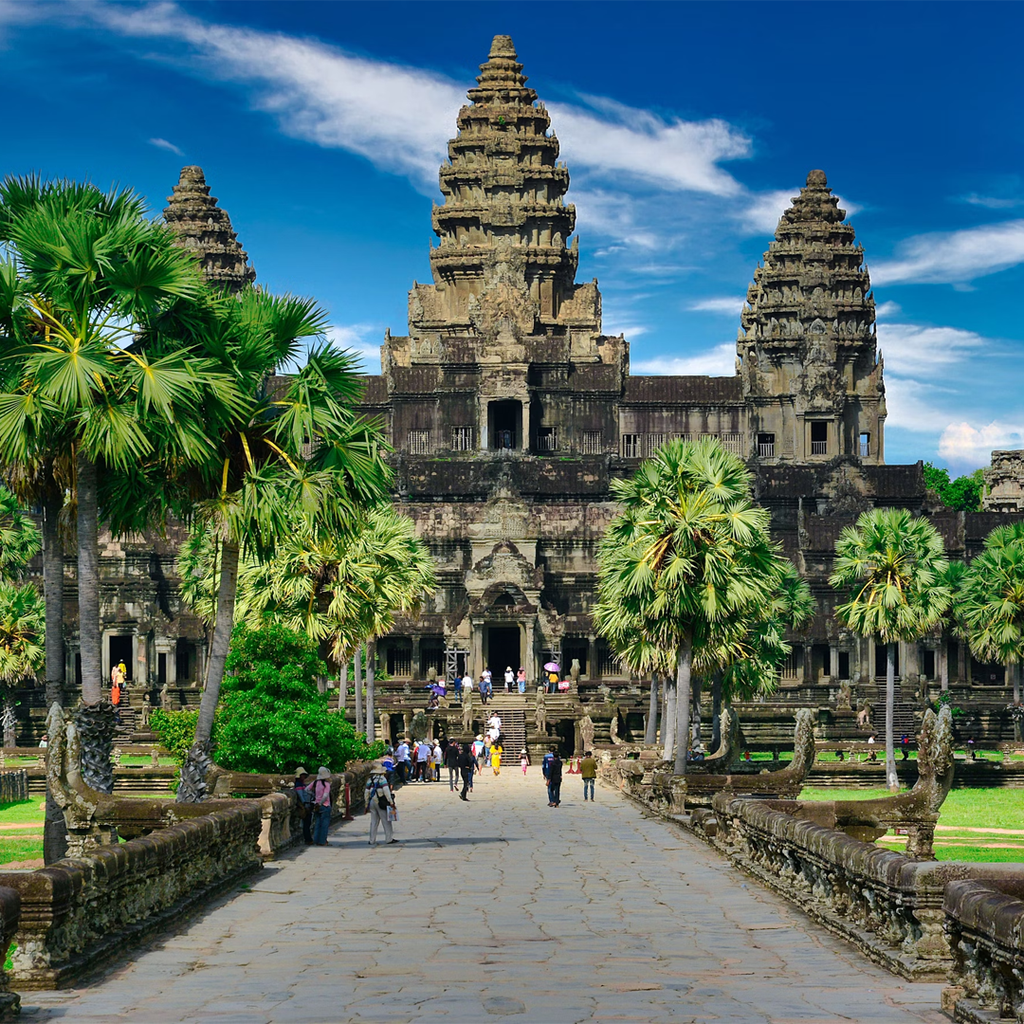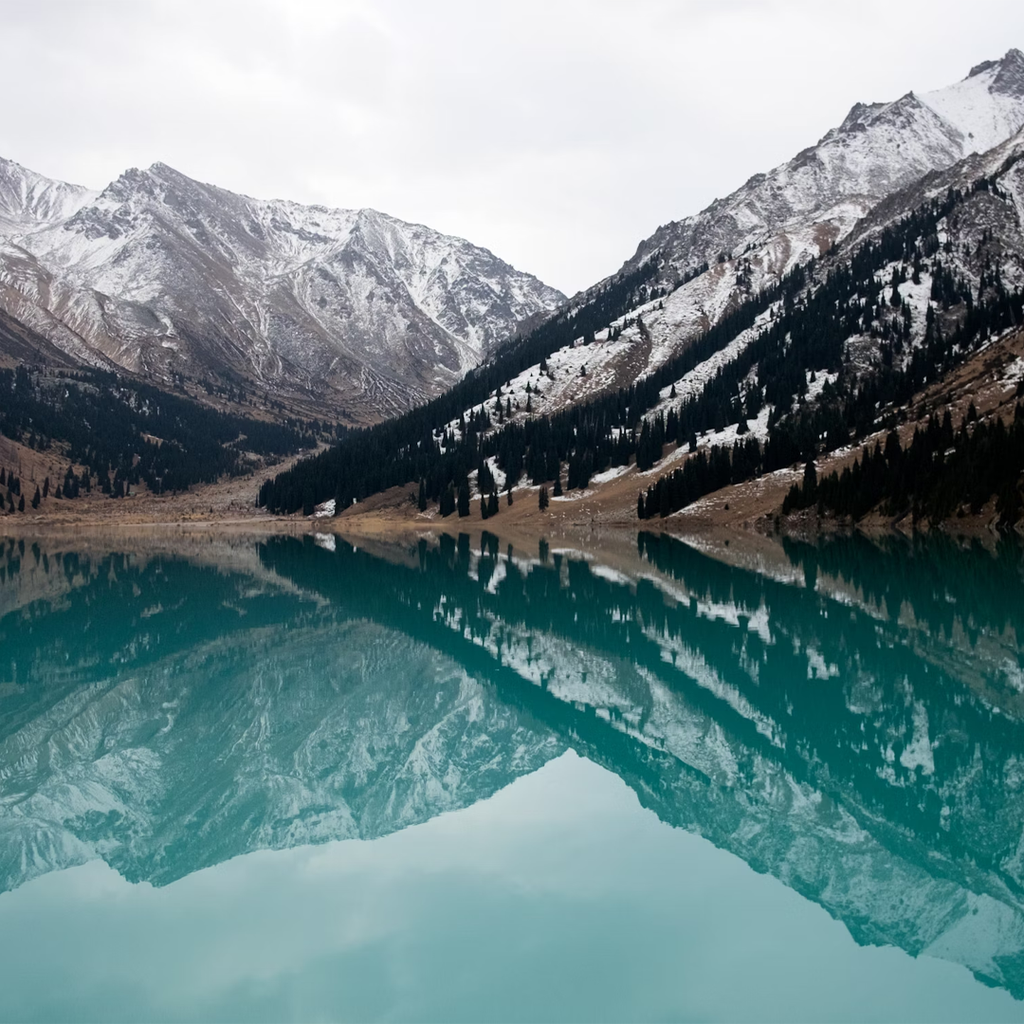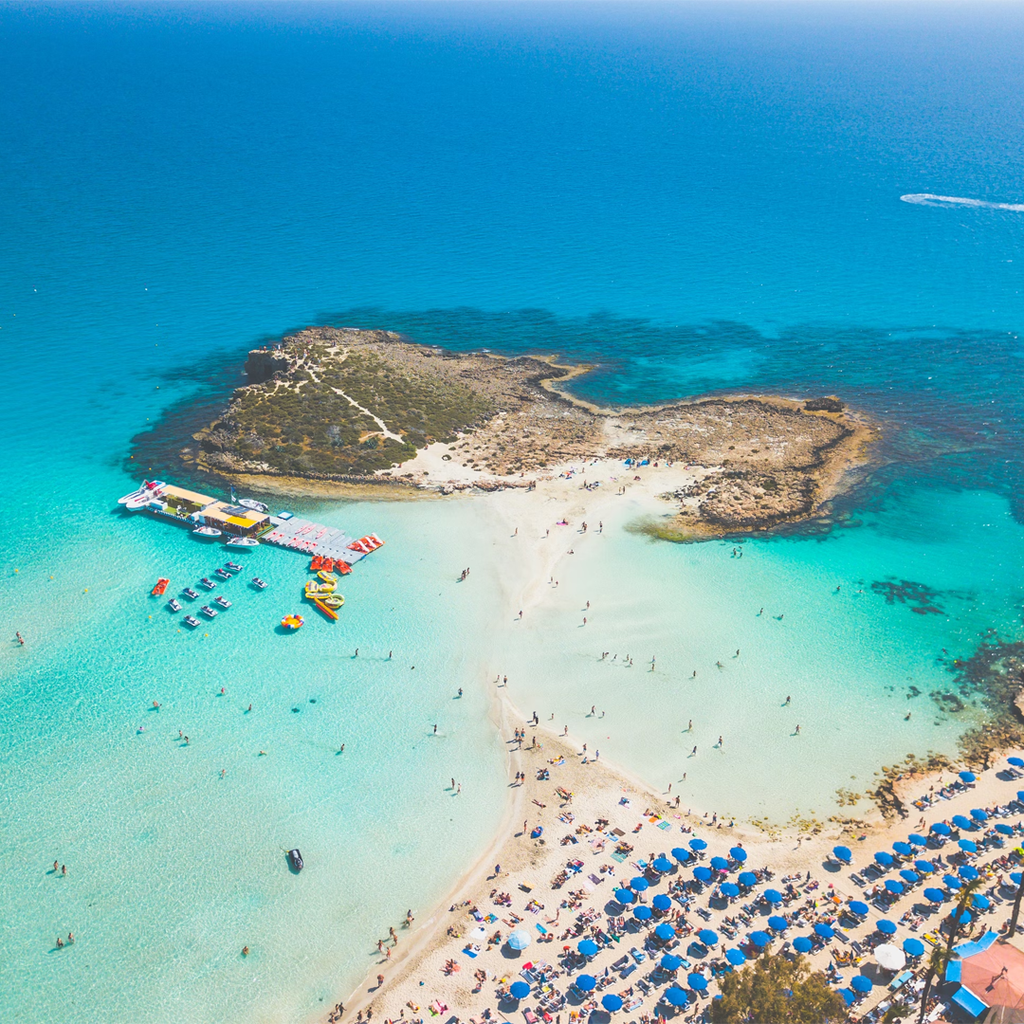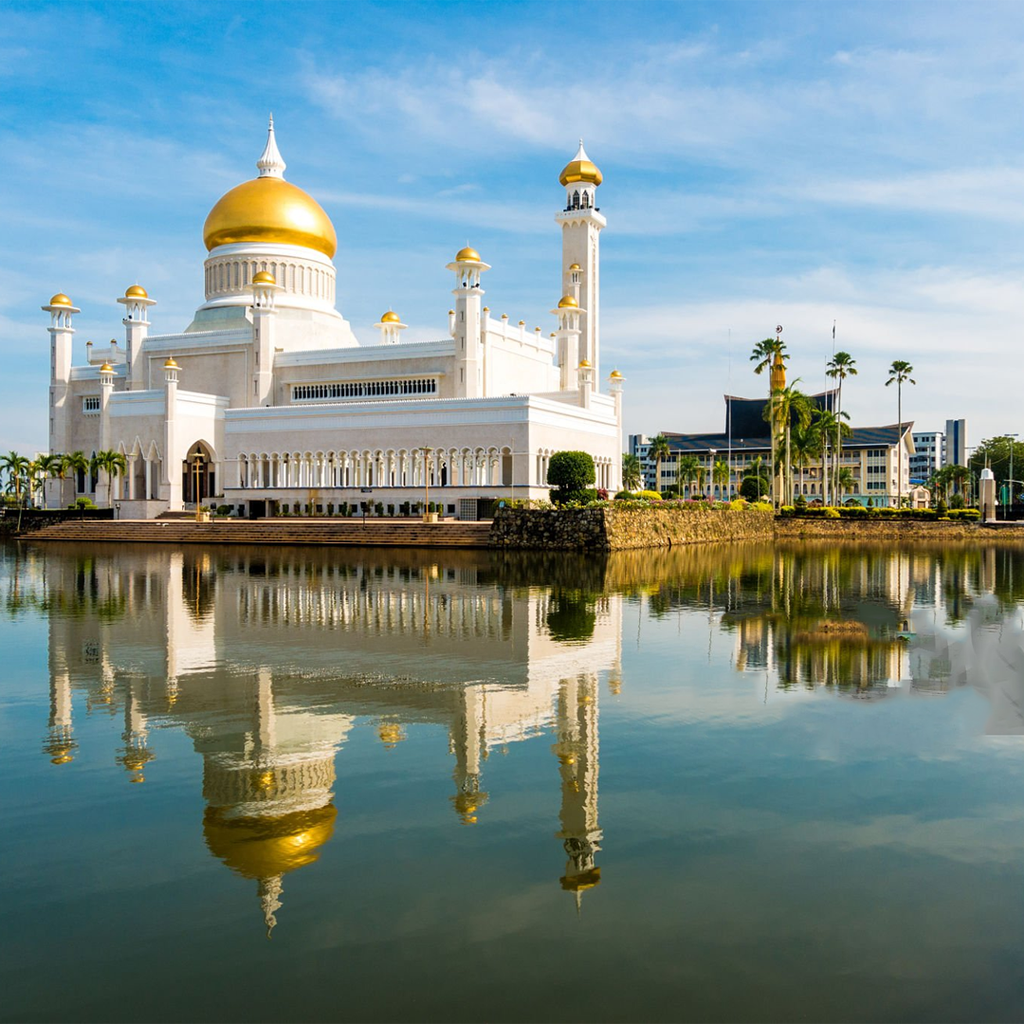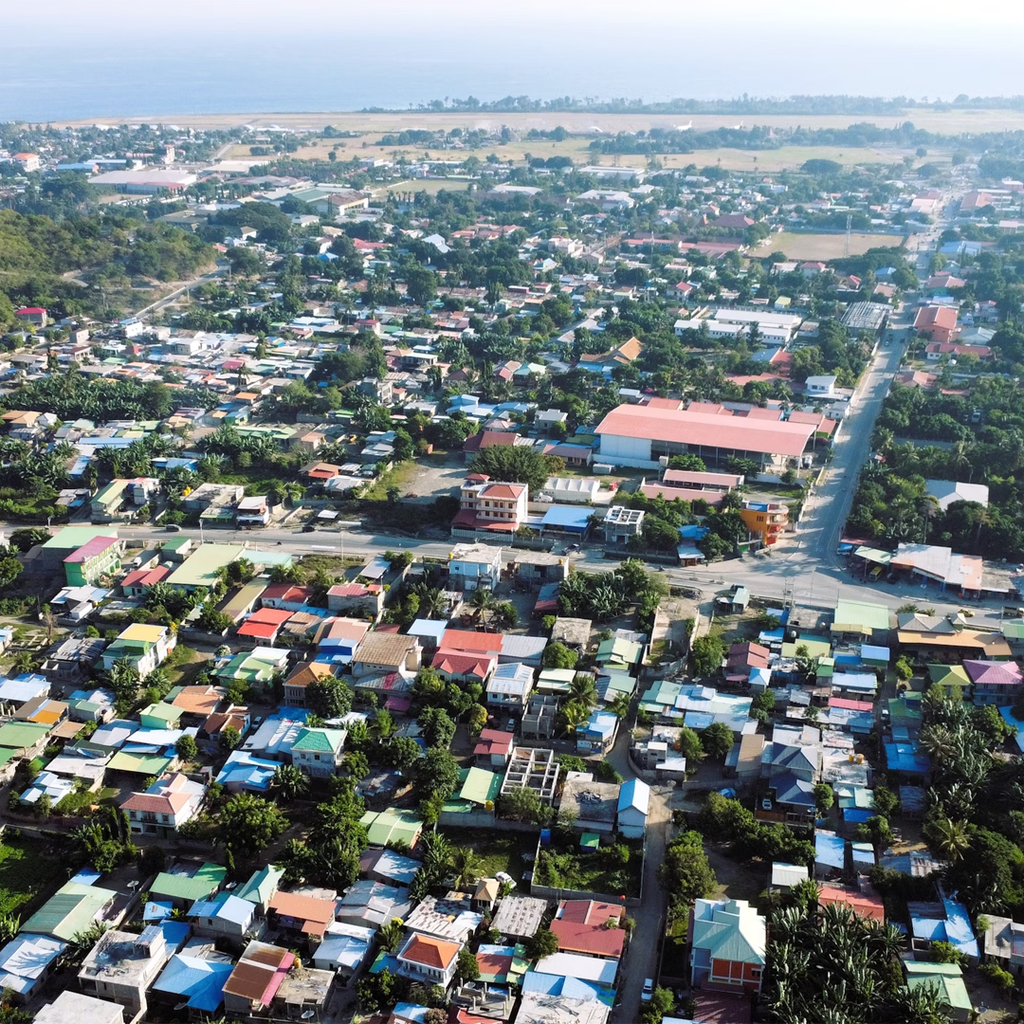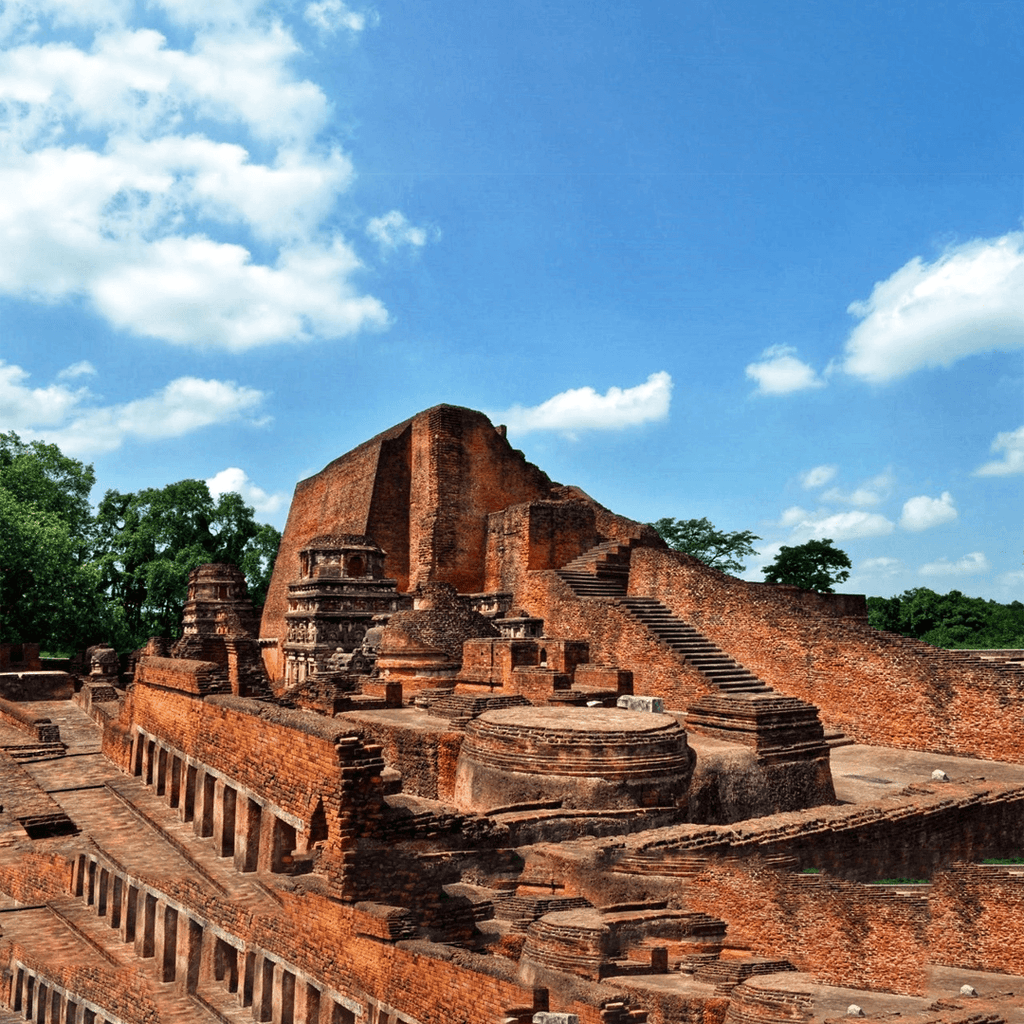
Bihar: The Land of Ancient Civilization

Bihar: The Land of Ancient Civilization Bihar, located in the eastern part of India, is one of the most historically significant regions in the country, with a legacy that dates back thousands of years. It is home to some of the oldest and most influential civilizations in world history, including the Maurya and Gupta Empires. The city of Patna, Bihar’s capital, has been a center of learning, culture, and political power since ancient times. One of Bihar’s most iconic landmarks is Bodh Gaya, the place where Lord Buddha attained enlightenment. The Mahabodhi Temple, a UNESCO World Heritage site, is a major pilgrimage destination for Buddhists from around the world. This temple complex houses the sacred Bodhi Tree, under which Lord Buddha meditated and gained enlightenment. The site is not only spiritually significant but also historically rich, with ruins and structures that date back to the 5th century BCE, offering visitors a glimpse into the ancient world of Buddhist philosophy and culture. The temple's architectural style, with its towering spire and intricate carvings, is a testimony to the ingenuity of ancient Indian architects. In addition to Bodh Gaya, Bihar is also home to Nalanda, once one of the world’s oldest residential universities.
The Nalanda Mahavihara was established in the 5th century CE and was a beacon of knowledge, attracting scholars from across the world. It was a hub for the study of Buddhist scriptures, philosophy, and medicine. The ruins of Nalanda, which include lecture halls, dormitories, and temples, offer a glimpse into the scholarly pursuits of the time. Nalanda’s legacy continues to inspire scholars and educators around the world, and its place in the history of global education cannot be overstated. Another important historical site is Vaishali, an ancient city that played a significant role in the development of the early Indian republics. Vaishali was the capital of the Licchavi republic and is known for its role in the early formation of democratic ideals in India. It was also a major center for Buddhism, with Lord Buddha delivering his final sermon here. The Vaishali Stupa and Ashoka Pillar stand as reminders of the city’s importance in ancient Indian history.
The city’s ruins, along with the Abhishek Pushkarini, a sacred bathing tank, and other archaeological sites, tell the story of Vaishali’s golden age. Bihar is also closely tied to the Indian independence movement. Patna was a center for political activism during British rule, and the city was the birthplace of prominent freedom fighters such as Dr. Rajendra Prasad, India’s first President. The Patna Museum and Gandhi Maidan are important historical sites that highlight Bihar’s role in the struggle for independence. The state’s cultural landscape is equally rich, with traditional dances, folk music, and literature reflecting its diverse heritage.



